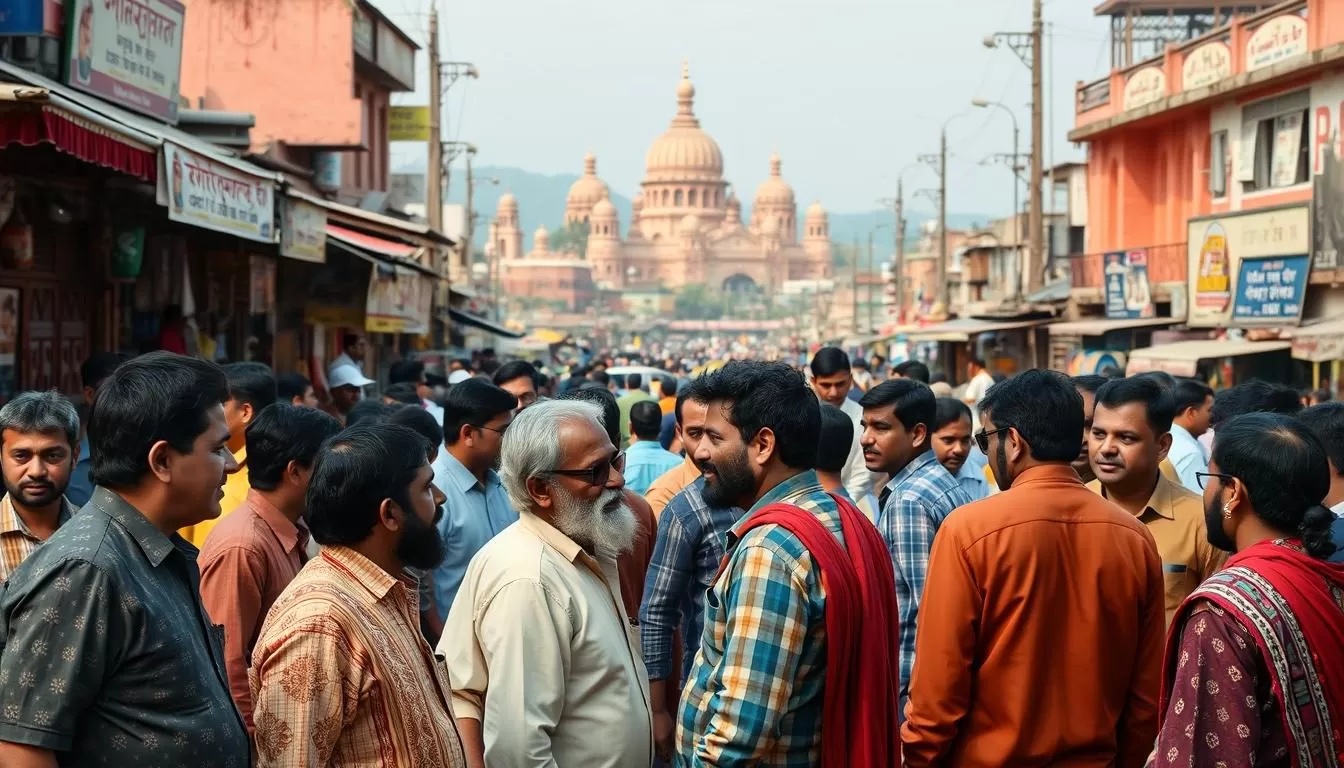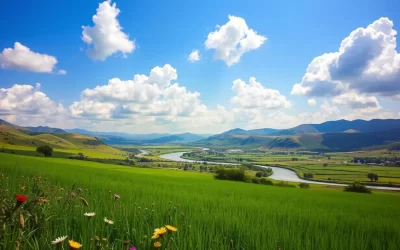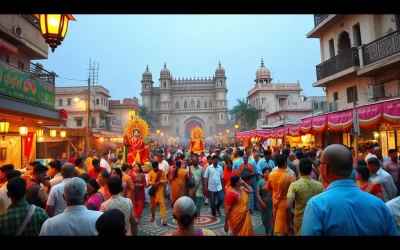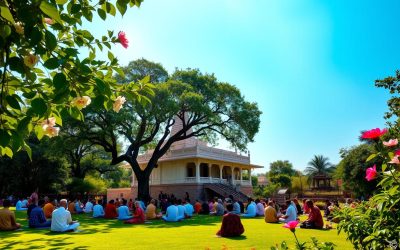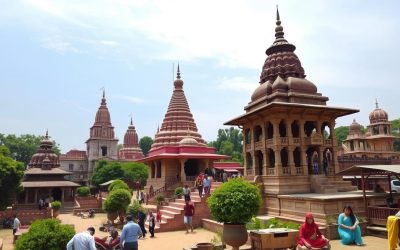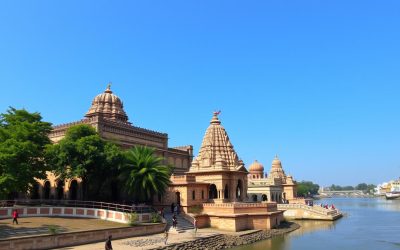You may be surprised to learn that Bihar is home to a rich tapestry of languages, reflecting its historical and cultural heritage.
The state’s linguistic landscape is complex, with Hindi being the primary language used for educational and official purposes. However, the actual languages spoken by the population are diverse and varied.
Understanding the language dynamics in Bihar requires examining both official policies and the everyday languages used by its people. This guide will explore the official languages and the widely spoken regional languages that contribute to the state’s cultural identity.
You’ll discover how language policies have evolved and how various languages contribute to Bihar’s rich literary traditions and cultural diversity.
The Linguistic Landscape of Bihar
As you explore Bihar, you’ll discover a diverse array of languages that have evolved over centuries. The state’s linguistic landscape is a complex tapestry woven from historical, cultural, and geographical threads.
Historical Background of Languages in Bihar
The history of languages in Bihar is deeply rooted in the ancient past. Bihar’s languages primarily belong to the Indo-Aryan language family, with most falling under the Eastern zone, particularly the Bihari language group. Historically, the region was home to Magadhi Prakrit, an ancient language that evolved into several modern languages spoken in Bihar today. The linguistic evolution in Bihar has been influenced by various empires, migrations, and cultural exchanges.
- The influence of ancient languages like Magadhi Prakrit on modern Bihari languages.
- The impact of historical events and cultural exchanges on language development.
Geographical Distribution of Languages
The geographical distribution of languages in Bihar follows distinct patterns. Maithili is predominantly spoken in the northern districts, while Bhojpuri is mainly spoken in western areas, and Magahi in central and southern regions. Language boundaries often correspond to historical divisions and natural features like rivers that have influenced settlement patterns over centuries.
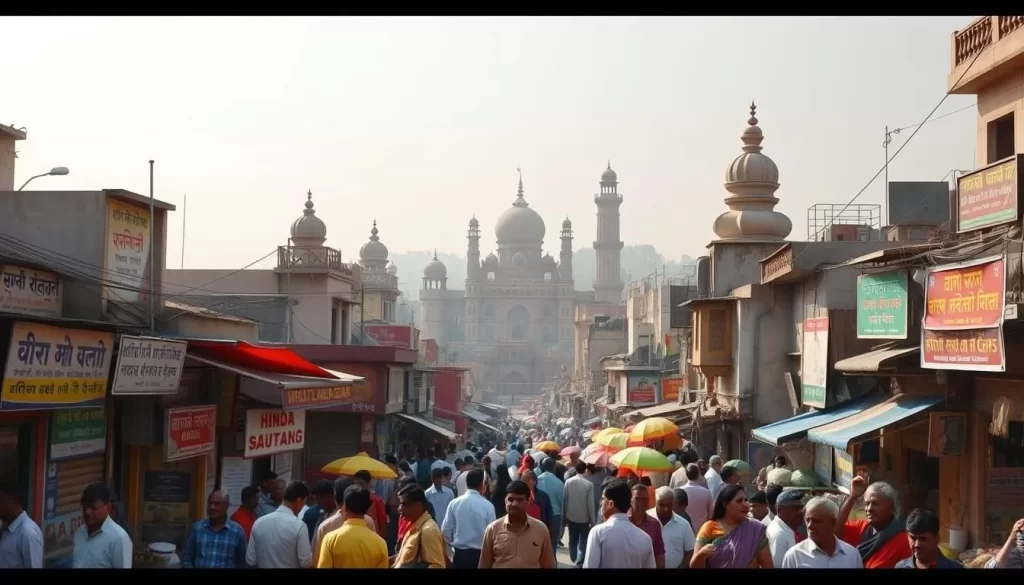
- Maithili, Bhojpuri, and Magahi as the main languages spoken in different regions.
- The role of geographical features in shaping language distribution.
Understanding these historical and geographical patterns helps explain the current distribution and status of languages across different areas of Bihar.
Official Languages of Bihar
Understanding the official languages of Bihar is essential to grasping the state’s linguistic landscape. The official languages play a vital role in administration, education, and official communications.
Hindi: The Primary Official Language
Hindi serves as the primary official language of Bihar, used extensively in government administration, education, and most official communications throughout the state. The Bihar Official Language Act of 1950 established Hindi as the sole official language following India’s independence, reflecting the national language policy of the newly formed republic.
Hindi in Bihar has several regional variations and is influenced by local languages, creating a distinct form that incorporates vocabulary and expressions from Bhojpuri, Magahi, and other regional languages. You’ll find that Hindi serves as a lingua franca across Bihar, enabling communication between speakers of different regional languages within the state.
- Hindi is used in government administration and official communications.
- It is the primary language for education in most institutions.
- Regional variations of Hindi are influenced by local languages like Bhojpuri and Magahi.
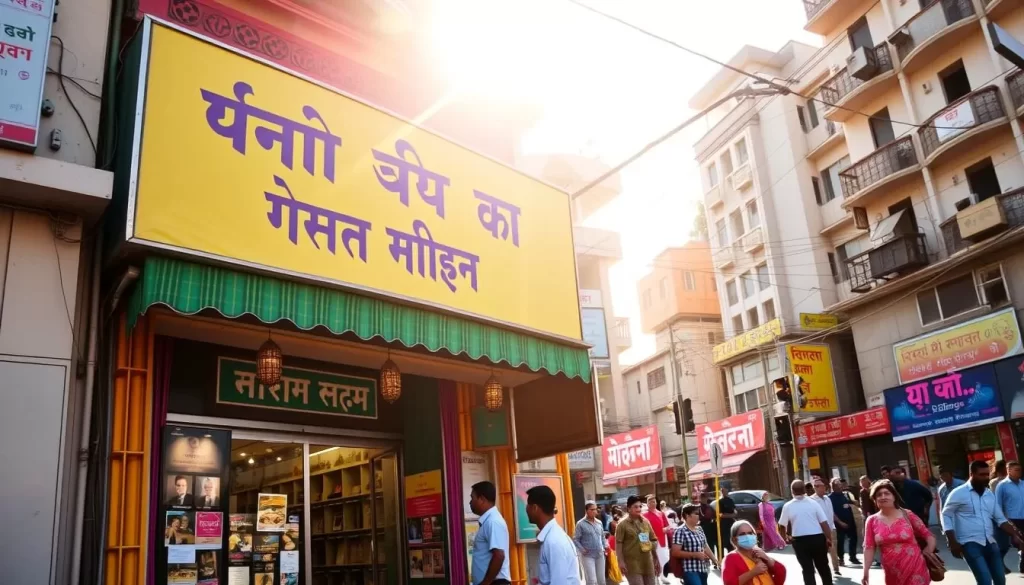
Urdu: The Second Official Language
In 1981, a significant policy change occurred when Urdu was granted the status of Bihar’s second official language, acknowledging the state’s substantial Muslim population and cultural heritage. Urdu has a rich historical presence in Bihar, particularly in urban centers like Patna, where it has been part of the cultural and literary landscape for centuries.
The recognition of Urdu as an official language has implications for education, with provisions for Urdu-medium schools and the inclusion of Urdu in administrative communications. The official status of both Hindi and Urdu reflects Bihar’s commitment to linguistic inclusivity while maintaining administrative uniformity.
- Urdu was accorded the status of the second official language in 1981.
- It has a significant historical and cultural presence in Bihar.
- Urdu-medium schools are part of the educational provisions in the state.
Despite their official status, both Hindi and Urdu in Bihar incorporate elements from regional languages, creating distinctive local variants that differ from standard forms used elsewhere in India. The relationship between official language policy and actual language use in Bihar demonstrates the complex interplay between political decisions and linguistic realities on the ground.
Bihar, India: Official and Widely Spoken Languages in Detail
As you explore Bihar, you’ll discover a region where multiple languages coexist, contributing to its unique cultural tapestry. The state’s linguistic diversity is a reflection of its rich history and cultural heritage.
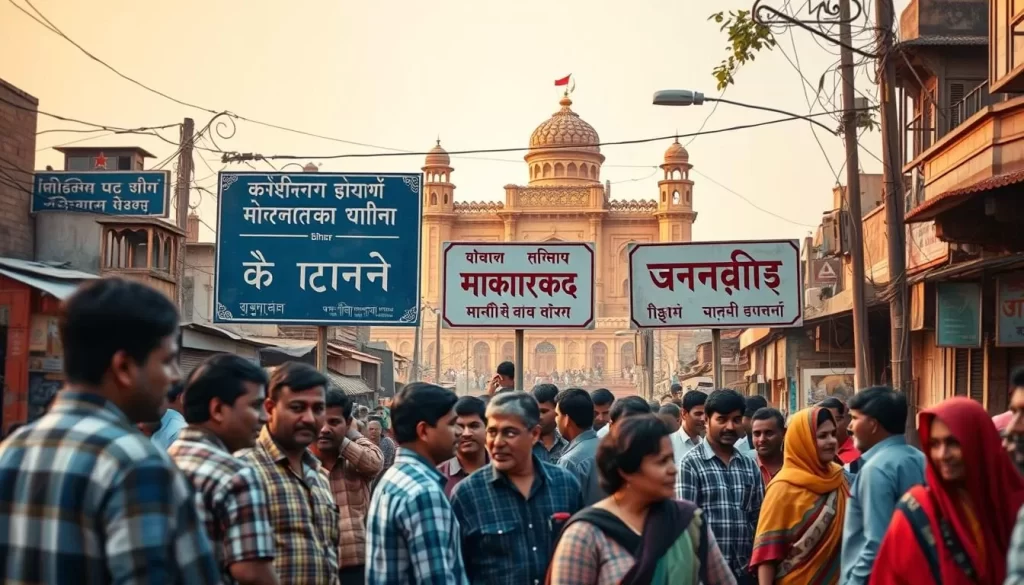
Bhojpuri: The Most Widely Spoken Bihari Language
Bhojpuri stands out as the most widely spoken language in Bihar, with over 40 million speakers across Bihar, eastern Uttar Pradesh, and Jharkhand. It is particularly prevalent in western Bihar districts, serving as the primary language of daily communication and cultural expression. The language has gained international recognition through its vibrant film and music industry.
Bhojpuri cinema has developed into a significant cultural export over recent years, further enhancing its status.
Maithili: The Constitutionally Recognized Language
Maithili holds a special status as the only Bihari language officially recognized in the Eighth Schedule of the Indian Constitution. Spoken by approximately 33.9 million people primarily in northern Bihar and parts of Nepal, Maithili possesses a rich literary tradition dating back centuries. It has its own script called Mithilakshar, although Devanagari is more commonly used today.
Magahi: The Language of Magadh Region
Magahi, sometimes referred to as Magadhi, is spoken by around 14 million people in the central and southern regions of Bihar. This language has significant historical importance as it evolved from Magadhi Prakrit, spoken during the time of the Mauryan Empire. It was possibly the language of royal courts in ancient Magadha.
Other Significant Languages
Beyond the major languages, Bihar is home to several other significant languages, each with its own distinct characteristics and cultural importance.
Angika
Angika is spoken in eastern Bihar and parts of Jharkhand by approximately 743,600 people. It has a distinctive vocabulary and grammatical features that set it apart from other Bihari languages. The Angika language has a vibrant culture with numerous folk songs and stories.
Bajjika
Bajjika serves as the mother tongue for nearly 8.7 million people in north-central Bihar, particularly in districts like Muzaffarpur, Vaishali, and Sitamarhi. Despite its substantial speaker base, Bajjika lacks official recognition.
Sadri and Khortha
Sadri and Khortha are significant languages in southern parts of Bihar and northern Jharkhand. Khortha, spoken by about 8 million people, serves as an important linguistic bridge between Bihari languages and those spoken in Jharkhand.
Conclusion: Preserving Bihar’s Rich Linguistic Heritage
As you explore the linguistic landscape of Bihar, it becomes clear that the state’s diverse languages are a vital part of its cultural identity. Bihar’s linguistic diversity represents an invaluable cultural heritage that requires concerted preservation efforts to ensure these languages continue to thrive for future generations.
The state’s many languages are a reflection of its diverse cultural history, shaped by various emperors, kingdoms, and cultural groupings over the years. Despite having millions of speakers, many of Bihar’s regional languages face challenges, including limited official recognition and inadequate educational materials. Language preservation initiatives in Bihar take various forms, from community-led cultural programs to academic documentation projects and literary festivals celebrating regional languages.
To preserve Bihar’s linguistic heritage, it is essential to balance practical considerations about official language use with the cultural importance of preserving linguistic diversity. By understanding and appreciating Bihar’s rich linguistic landscape, you gain deeper insights into the state’s cultural complexity and the historical forces that have shaped its development over centuries. This appreciation can foster a stronger connection to the region and its people.
The above is subject to change.
Check back often to TRAVEL.COM for the latest travel tips and deals.
